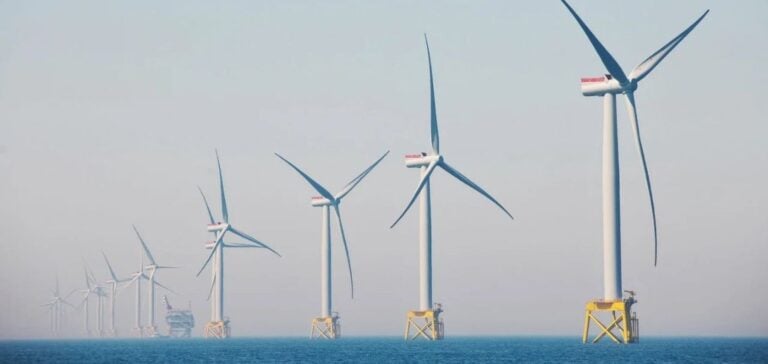At the WindEurope conference in Bilbao, Iberdrola and Amazon extended their global partnership with a new Renewable Power Purchase Agreement (PPA) for the UK’s East Anglia THREE offshore wind farm, with a capacity of 159 MW, equivalent to 700 GWh of clean electricity per year. This agreement adds to the PPAs previously signed by the two entities in the USA, Germany and other parts of the UK, totalling 54,000 GWh of renewable energy contracted by Amazon with Iberdrola.
Economic and environmental impact
The East Anglia THREE project, with a capacity of 1.4 GW thanks to 95 Siemens Gamesa 14.7 MW turbines, will support more than 2,300 jobs during its construction and 100 jobs in the long term. Located 69 km off the Suffolk coast, the wind farm, once operational in 2026, will provide enough clean electricity to power the equivalent of 1.3 million UK homes, making it the second largest offshore wind farm in the world.
Renewed commitment to sustainability
This agreement is part of Amazon’s commitment to power all its operations with 100% renewable energy by 2025, five years ahead of its original target of 2030. With over 500 solar and wind power projects worldwide, Amazon has positioned itself as the largest corporate purchaser of renewable energy since 2020.
Digital innovation and energy transition
In addition to their renewable energy partnership, Iberdrola and Amazon are launching the global “Journey to Cloud” program, aimed at migrating Iberdrola’s operations to the cloud and taking advantage of AWS’ high-performance computing and big data services. This collaboration has already halved the time needed to run complex weather simulations, and optimized the efficiency of renewable energy assets using artificial intelligence and machine learning.
The two companies are also designing projects incorporating generative artificial intelligence to enhance the customer experience and support work in the field. For example, ScottishPower, an Iberdrola company, has developed an IoT platform to improve knowledge of its low-voltage network in the UK.






















